- n8n is a powerful AI agent platform specializing in automations, an intuitive visual flow builder, and a massive suite of integrations.
- Integrating n8n workflows with third party tools can help improve on n8n's functionality, for example, in conversational abilities.
- Building a chatbot with n8n involves putting together a flow, and applying a chatbot wrapper to your n8n flow.
If you’re thinking about implementing an AI chatbot for your business, you’re not alone. AI chatbots have exploded, with a market cap expected to reach $46 billion by 2029.
This market boom has seen the barrier of entry lowered for creating chatbots– new tools, platforms, services are popping up left and right, all promising quicker deployment and smarter automation.
And in such a crowded market, it’s essential to pick the best conversational AI platforms for your needs– platforms that leverage third-party integrations, customizable automations, and autonomous decision making.
What gives builders a leg up is not only using these tools, but AI agent orchestration: stitching different tools together, playing to the strengths of each respective platform.
In this demo, I’ll show you how to do exactly that by building an n8n chatbot. You’ll learn how to set up a powerful workflow in n8n, connect it with other tools, and wrap it in a conversational interface for seamless UI.
Why build an n8n chatbot on a third-party platform?
N8n benefits from a conversational wrapper because, while it has advanced and easy-to-use workflow functionality, it is quite difficult to set up smooth conversational flows.
If the conversation component is deferred to another platform, N8n can control the workflow automation, and the conversational AI tool can chat with the user and determine when– and with what data– to trigger the workflow.
N8n, for lack of a better word, needs to be babysat. Each individual step needs to be carefully articulated. All operations, output formats, tools, etc. need to be explicitly called in what ends up looking like workflow spaghetti.
Combining n8n with a more chat-forward platform has synergistic effects, leveraging its integrations and highly-articulated automations while leaving the chat flow and autonomous decision making to a more suitable platform
Let me explain.
What are the limitations of n8n?
N8n is a platform specifically targeting AI-powered workflow orchestration and automation. That’s great for rigid tasks and debugging– each step is logged, and the editor logs each node’s input and output.
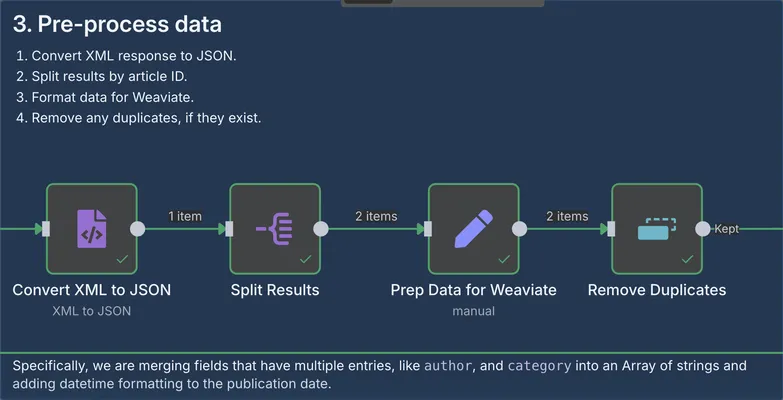
However, having to manually account for each step in the workflow tends to disrupt what can otherwise be smooth and conversational.
How can third-party platforms strengthen n8n chatbots?
Conversational tools (like Botpress or Voiceflow) use autonomous routing and plain-English instructions.
In the case of Botpress, decision-making is powered by an in-house LLMz engine. Together with the autonomous node, it incorporates user queries and available tools to iteratively:
- determine its next action
- execute the action
- evaluate the result
- update the user
- determine whether or not to continue with further executions
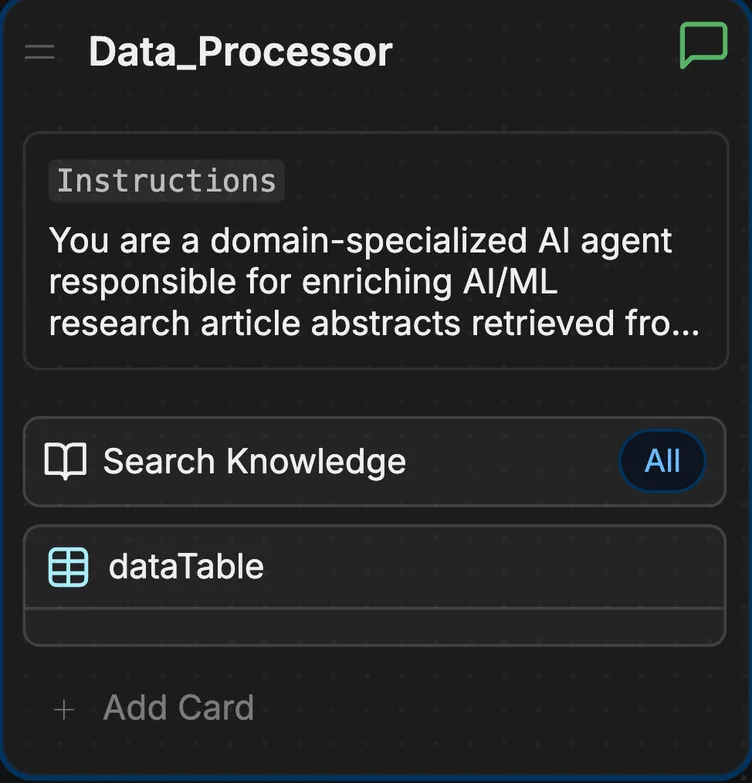
So, why bother with n8n, then?
If you’re looking to use a conversational wrapper for an n8n bot, it’s for one of 2 reasons:
1. You’re already familiar with n8n
Maybe you’re trying to automate complex workflows and aren’t ready to commit the time to learning a new platform.
You know that conversational platforms offer a smoother UX and are generally simple to set up, so you use the conversational agent to trigger the n8n workflow– best of both words.
2. You want to leverage n8n’s integrations
Fair enough. It has over 400 of them.
n8n serves as a powerful orchestration layer that connects your chatbot to external tools without requiring custom code. This makes it especially useful for developers looking to:
- Trigger workflows across systems, like CRMs, messaging
- Access APIs that aren’t necessarily available in chat platforms
- Deal with authentication, retries, and data transformation without cluttering the agent’s logic
That said, once you get familiar with Botpress and how Botpress can act as a custom API client, you may choose to switch.
How to build an n8n chatbot in 5 steps
To build an n8n chatbot, you need to build your n8n workflow, and then integrate it into a chat interface using a dedicated n8n integration.
1. Build your n8n flow
Assuming you have your use case figured out, it’s time to build the flow. This is the internal logic powering your bot’s functionality.
Your bot’s flow can take one of a million different shapes depending on what you’re building.
If you’re stuck, I’d recommend checking n8n’s library of templates– there’s a good chance it includes the use case you’re looking for.
Because I’m no wizard with n8n, I adapted a template.
Add Webhook Events
To pass data through a webhook event, you’ll need to add a Webhook node to the beginning of your flow.
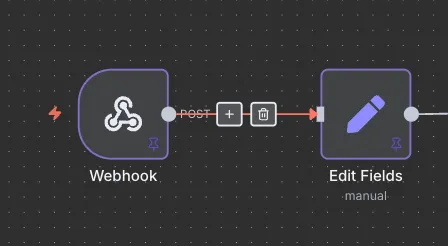
What you’ll want to keep in mind is how the data and flow will work with your Botpress bot– the two agents will be communicating via webhook events.
That means the data has to be formatted in such a way that it can be passed via HTTP requests between the two bots. In other words:
- It will need to be encoded in JSON format
- Any media and exceedingly-long data should be stored in a link and queried by an API, rather than being passed via webhook.
2. Add the chatbot wrapper
Good news: the hard part’s over.
To get a bot with sophisticated conversational abilities and tool calling, all it takes is a single Autonomous Node.
In the Botpress Studio, create a new bot with the + Create Bot button in the top-right.
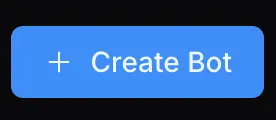
You can go through the onboarding process, but feel free to skip it. Either way, you’re greeted with an autonomous node that has access to the knowledge base.
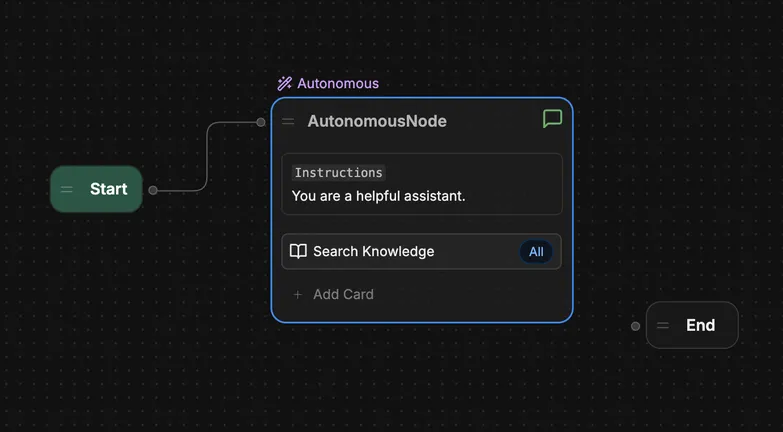
3. Add the chatbot instructions
Give the bot its purpose.
Articulate your chatbot’s instructions in plain-language instructions. This includes:
- How to address the user
- What tasks to perform
- What data to expect
- How to process that data
There’s a dance to prompt engineering, so I made a video breaking it down in detail.
4. Connect the Chatbot to n8n
This is the step where you align all the variables in Botpress and n8n to make sure the two can communicate.
N8n Setup
- Go to your n8n workspace and click the ⌄ next to Create Workflow in the top-right. Click Create Credential.
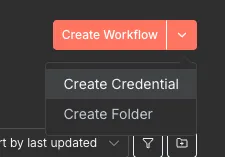
- Choose Header Auth from the dropdown and click Continue.
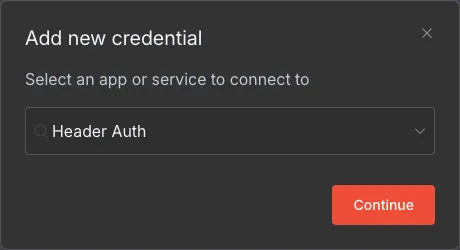
- Set the name to Authorization and the value to your Botpress personal access token.
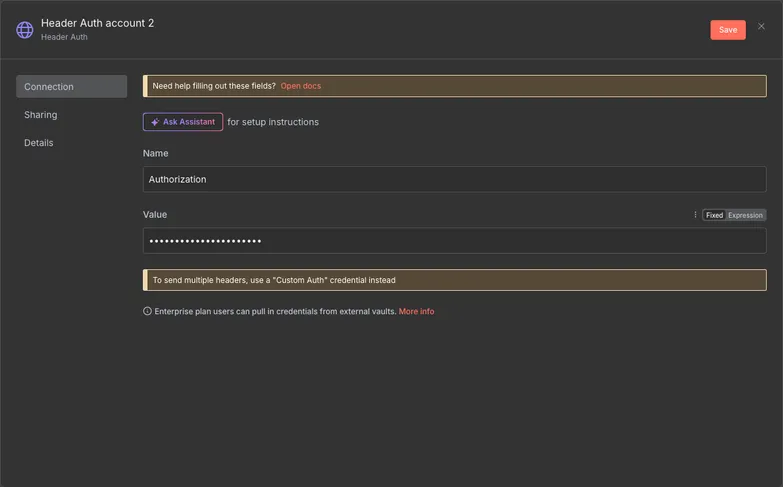
- Navigate to your workflow and double-click your Webhook node. The configuration screen will pop up.
- Set HTTP Method to Post.
- Set Authentication to Header Auth and for Credential for Header Auth choose the credential you just created. By default, it’ll be called Header Auth account.
- If you’re sending a webhook response back (and you should), set Respond to
- In the hub, search for N8N. Click the integration, and hit Install Integration.
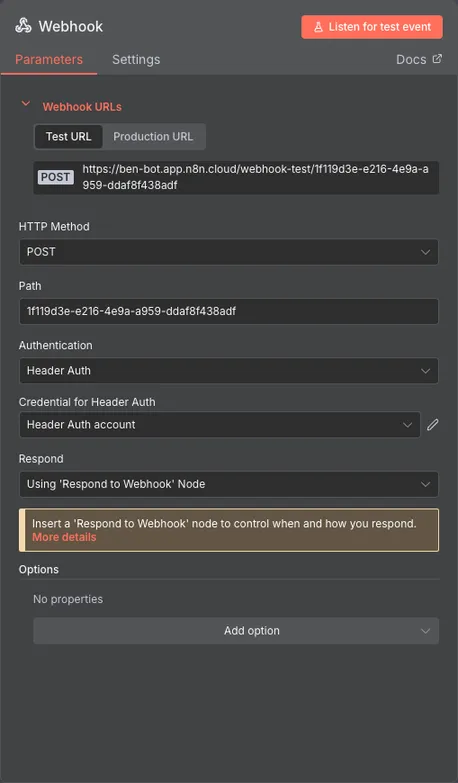
- Choose Production URL at the top (under Webhook URL) and copy the URL.
- Make sure your workflow is set to active by hitting the switch at the top of the workflow.

Botpress Setup
You’ll have to install and configure the n8n integration.
- To install, hit Explore Hub in the top-right of the studio.


- You’ll need to add your personal access token. Create one if you don’t already have one, and set it as the value of the Access Token field.
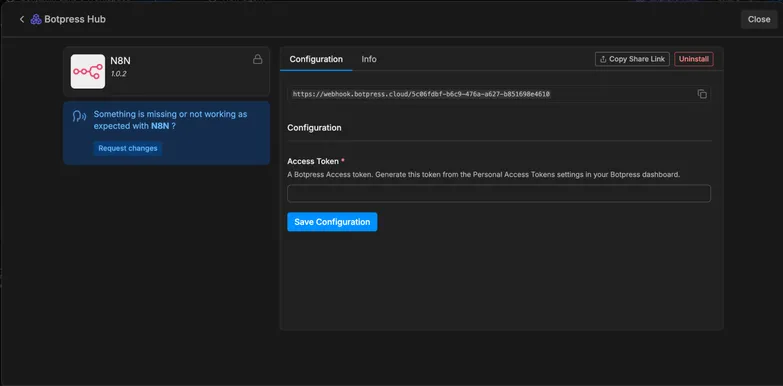
- Once the integration is configured, add the Activate Workflow card to the autonomous node.
- Set Conversation ID to {{event.conversationID}} and Webhook URL to your n8n webhook URL.
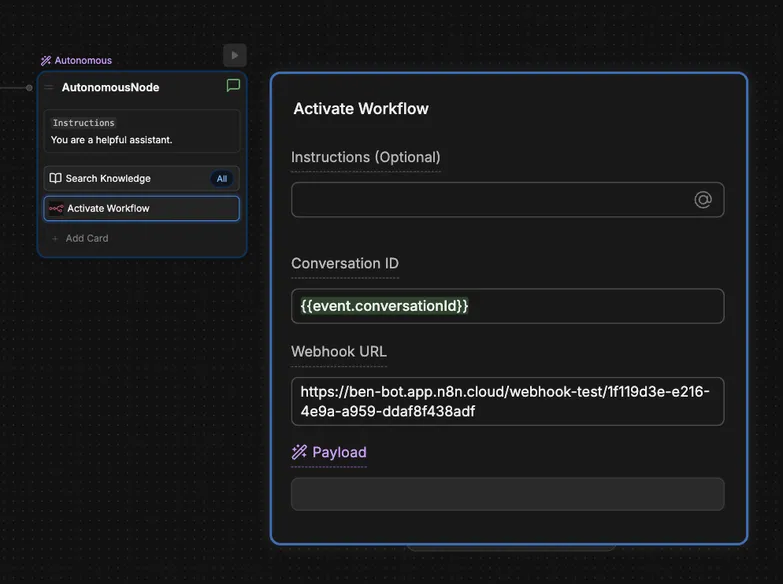
You can (and should) let the LLM decide on the payload based on the instructions you give– that’s the data that gets passed to n8n.
5. Test, deploy, and iterate
Now’s your chance to test the functionality. Make sure all the parts are working as they should.
Once it’s ready, you can hit Publish in the top-right corner of the studio. There are options to deploy to web, messenger, WhatsApp, Telegram, and most common communication channels.
The job’s not over yet, though. You’ll want to gather analytics on your chatbot– how users are interacting with it, where it’s failing, and performance bottlenecks.
You can address these by:
- Updating the instructions
- Adding knowledge sources
- Changing the automation flow
- Removing steps, instructions, or knowledge sources that aren’t being used.
Start building an n8n chatbot today
A chatbot wrapper is a great way to supercharge an n8n flow.
With autonomous tool-calling, integration across channels, and lightning fast knowledge base look-ups, Botpress is an easy way to add human-like decision-making to an automated workflow.
Start building today. It’s free.
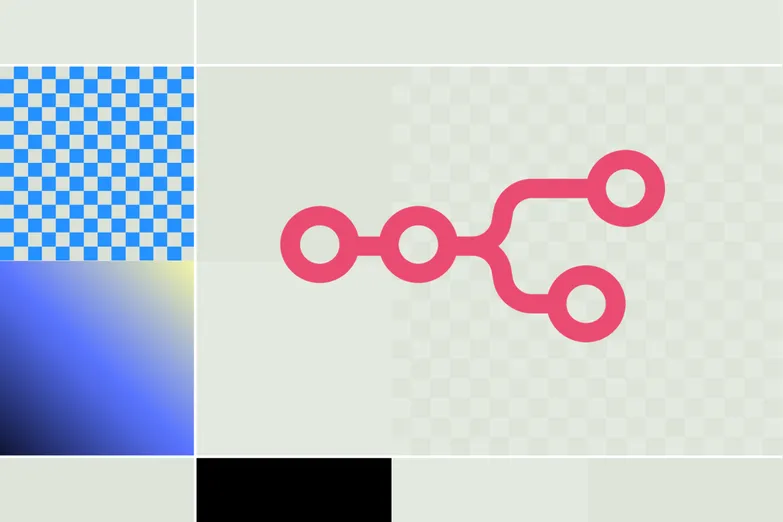




.webp)

